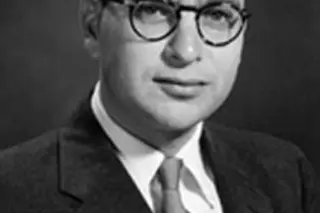Credit line: Harvey of Pasadena, courtesy AIP Emilio Segre Visual Archives, Physics Today Collection Long ago when I was working as a police reporter at the Albuquerque Journal, my best friend Richard Freedman called to deliver some exciting news: Murray Gell-Mann was giving a public lecture that evening up in Los Alamos, the city high in the Jemez Mountains where the atomic bomb was devised. Having made less than optimal use of our undergraduate education, Richard and I were studying new subjects like mad. Physics, philosophy, linear algebra -- we were sure that somewhere therein lay the secret of the universe. In school I hadn’t got past Physics 101 and an introduction to western philosophy. But throughout those years I had fallen in love with the literature of science-- books like George Gamow's Thirty Years That Shook Physics, Arthur Eddington's The Nature of the Physical World, and The Universe and ...
My First Strange Encounter with Murray Gell-Mann
Explore the captivating Murray Gell-Mann biography highlighting his contributions to physics and complexity theory.
More on Discover
Stay Curious
SubscribeTo The Magazine
Save up to 40% off the cover price when you subscribe to Discover magazine.
Subscribe













